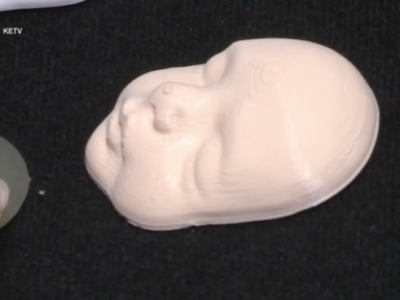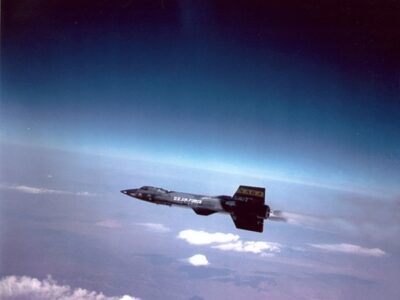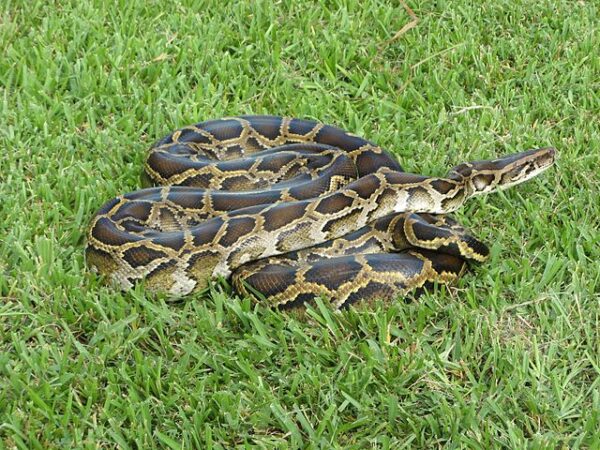
Earlier in the week, a mostly unnoticed new story almost gave stargazers a heart attack. There is a possibility of an asteroid collision with Earth around October 2024 and NASA had “lost” where it was.
Asteroid 2007 FT3 was initially documented in 2007 but soon flew out of NASA’s range of sight, making it challenging to predict its trajectory accurately.
Fear not, though. The American space agency has said that we shouldn’t be too worried.
IFL Science explains:
Though that may sound a tad alarming, there really isn’t anything to worry about. One potential point of impact, or where the asteroid was supposed to be closest to Earth, took place in 2019. As you might have noticed, it didn’t. NASA and other observatories track the orbits of objects discovered in the Solar System, keeping a particular eye on “near Earth objects” 140 meters (460 feet) and larger in size that could cause devastation if they were to cross paths with Earth. So far, astronomers have been able to predict the orbits of known objects up to about 100 years in the future. The good news is that “no known asteroid larger than 140 meters in size has a significant chance to hit Earth for the next 100 years,” according to NASA.
Responding specifically to claims around 2007 FT3, NASA reiterated its response.
“There are no known asteroid impact threats to Earth at any time in the next century. Nasa and its partners diligently watch the skies to find, track, and categorize asteroids and near-Earth objects (NEOs), including those that may come close to Earth,” a NASA spokesperson told The Standard.
“An important note here is planetary scientists define asteroid approaches that come within 30 million miles of Earth’s orbit as close approaches. The larger an asteroid is, the easier it is for our planetary defense experts to find, meaning that their orbits around the sun are usually very well-known and understood for years or even decades.”
It should also warm your heart to know that NASA is working on ways to deflect asteroids getting a little too close for comfort.
In November 2021, NASA launched the Double Asteroid Redirection Test (DART) Mission, which targeted a binary asteroid system, where a small moonlet asteroid named Dimorphos orbited a larger companion, Didymos. The spacecraft, equipped with a kinetic impactor, was designed to collide with Dimorphos at a high speed. The objective was not to destroy the asteroid but to nudge it into a slightly different orbit around its larger partner, demonstrating the viability of a kinetic impact as a method to deflect any potential future Earth-threatening asteroids.
The DART mission was a resounding success, with the impact occurring on September 26, 2022. The collision was closely monitored by telescopes and planetary observation systems around the world, as well as by the Italian Space Agency’s LICIACube satellite, which was deployed from DART to capture images of the event. The impact successfully altered Dimorphos’s orbit around Didymos, shortening its orbital period. This marked the first time humanity had intentionally changed the motion of a celestial body and the first full-scale demonstration of asteroid deflection technology.










May graze the armosphere??